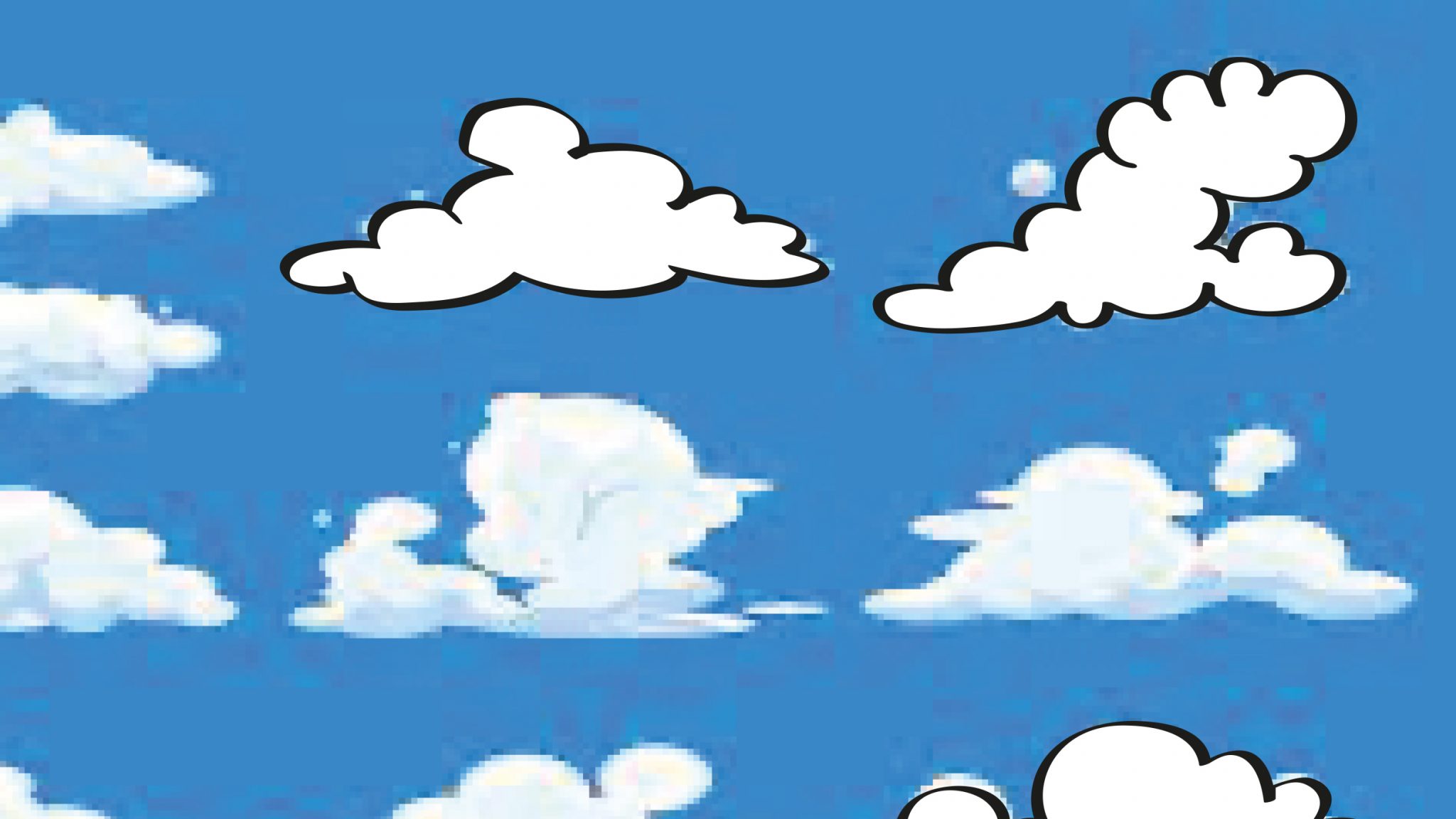Explore ArtReview’s selection of artists from around the world who are making work that will be setting the agenda in years to come
In 1928 a broke Walt Disney finally got distribution for his short animated film Steamboat Willie, launching a little whistling mouse into popular culture. The river rodent went on to become a corporate icon, transposing those ears into films, televi- sion shows, videogames, amusement parks, lunchboxes, plush toys and underwear. Cast into a catchall family commodity, the mouse’s global ubiquity is one definition of success. This January, the copyright for that early version of Mickey passed into the public domain, spawning a wave of parodies, remakes and memes online. Most of these, of course, might qualify as ‘fair use’, but then the Walt Disney Company has been known to be pretty liberal with the ol’ lawsuit. But perhaps the sheer volume of vitriol, criticism and comic ripoffs are their own marker of cultural influence. Artists from Roy Lichtenstein to Raymond Pettibon to kaws have all riffed on the rodent’s overbearing presence in mass culture. Who knew a diminutive cartoon mouse (and a disputed racist stereotype) would become so ‘great’?
In 2007 ArtReview launched its first Future Greats section; many of the artists featured (Thomas Houseago, Chris Evans, Thomas Zipp, Paulina Olowska) are still readily recognisable names. Tapping the biennial and art-market stars of tomorrow, though, isn’t really the point of Future Greats. In contemporary art, there’s often the impression that novelty, velocity and visibility are the markers of success. (Who would have thought, during the early 2000s, that in the 2020s artists could become overnight ‘names’ on Instagram?) A cycle of new faces, changing endlessly, some of them destined to become art ‘stars’.
But new to whom, and great in what way? Sometimes it’s also about where, and how, people are paying close attention. For this year’s Future Greats, ArtReview asked its editors and a range of international artists to highlight those less-established artists who are making art that they find exciting and alluring, and who they think might be offering new definitions of what art can be. Those definitions might be contingent, temporary or only hold in particular contexts. The artists might have had more prominent exhibitions or airings, or not, but the selectors felt that these artists were deserving of more – of your – attention. These artists capture their present, whether with photography, film or puppetry, and ask about how we find the way through the mess of now to future possibilities.
Of course, such an exercise is its own kind of gatekeeping, in which ArtReview gets to tell everybody that they shouldn’t be looking over there for the next big thing, they should be looking over here. But then, ArtReview thinks, every artist ever has gone through some kind of gatekeeping – the question really is, whose gate? Selection is never an innocent act, often motored by power and special interest. But in the end, once an artist is through the gate, there’s still you, the public, who finally decides. Which, ArtReview believes, means there should be as many gates opened as possible.
Future Greats 2024
Nabil Harb, selected by Farah Al Qasimi
Pooja Gurung & Bibhusan Basnet, selected by Sohrab Hura
Yuli Yamagata, selected by Oliver Basciano
Dana Kavelina, selected by Alexander Leissle
Thaweechok Phasom, selected by Taiki Sakpisit
Gabriel Rodríguez Pellecer, selected by Edgar Calel
Eoghan Ryan, selected by Mire Lee
Derek Tumala, selected by Marv Recinto
Farzaneh Forouzesh, selected by Shirin Neshat
Hiền Hoàng, selected by Fi Churchman
